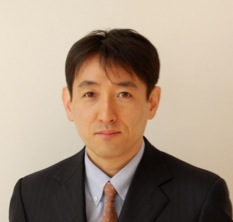Combination of cryo-EM and genetics to study eukaryotic cilia
Masahide Kikkawa,
Department of Cell Biology and Anatomy,
Graduate School of Medicine, The University of Tokyo
12PM – December 10, 2019

Eukaryotic cilia are complex cell organelles and play important roles in various cell, such as propeller and antenna. They consist of hundreds of different proteins that are precisely organized by self-assembly mechanisms. To study such the complex system, we have been using Chlamydomonas genetics and cryo-electron tomography to identify 3D locations of specific proteins. However, it is becoming clear that cilia and flagella in higher organisms are highly diverse, for example primary cilia rotate in the developing embryo, while sperm flagella generate symmetric beating while swimming. Therefore, it is necessary to establish higher model organisms for structural studies of cilia and flagella. To this end, we have been expanding the model organisms to zebrafish and mice. We applied genome editing techniques to these organisms and knocked out cilia-related genes. For example, to study the roles of dynein assembly factors, we systematically knocked out PIH proteins (Pih1d1, Pih1d2, Ktu, and Twister) in zebrafish and revealed their distinct roles by correlation the swimming phenotype and structures of sperm using cryo-electron tomography. We have also knocked out ODF2 (outer dense fiber protein 2) in mice and characterized their sperm structures using cryo-STEM tomography.

